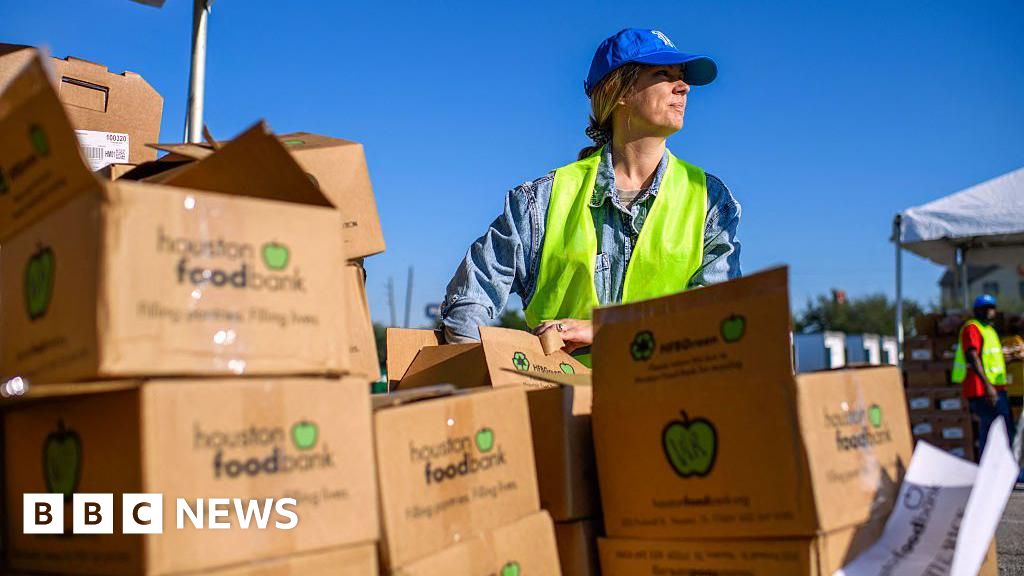Canadian Barley Farming has the Lowest Carbon Intensity – Farms.com

Report on the Carbon Intensity of Canadian Barley and Alignment with Sustainable Development Goals
Executive Summary
A recent study conducted by the Global Institute for Food Security (GIFS) at the University of Saskatchewan has determined that barley cultivated in Saskatchewan and Western Canada possesses the lowest carbon intensity among all global regions included in the analysis. This report details the study’s findings, the methodologies employed, and the significant contributions of Canadian barley farming to the United Nations Sustainable Development Goals (SDGs).
Key Findings
- Lowest Global Carbon Intensity: Barley originating from Saskatchewan and Western Canada exhibits the lowest carbon footprint when compared to major international producers such as Australia and France.
- Superior Performance: This low-carbon status is maintained consistently, even when the benefits of soil carbon sequestration are excluded from the life cycle assessment.
- Advanced Agricultural Practices: The achievement is credited to the widespread adoption of climate-smart agricultural practices by Canadian farmers, positioning them as leaders in environmental stewardship.
Contribution to UN Sustainable Development Goals (SDGs)
The sustainable practices integral to Canadian barley farming provide direct and measurable support for several key SDGs:
- SDG 2 (Zero Hunger): By combining high productivity with sustainable methods, Canadian farmers enhance food security and promote a resilient agricultural system capable of nourishing a growing global population.
- SDG 12 (Responsible Consumption and Production): The low-emission production model for Canadian barley is a prime example of sustainable production patterns, reducing the environmental cost of food production and promoting responsible supply chains.
- SDG 13 (Climate Action): Canadian farmers are taking urgent and effective action to combat climate change and its impacts through specific, measurable techniques. These actions directly contribute to reducing greenhouse gas emissions from agriculture. Key practices include:
- Reduced tillage, which enhances soil carbon storage.
- Advanced crop rotations that improve soil health and carbon sequestration.
- Precision nutrient management, which minimizes emissions of nitrous oxide, a potent greenhouse gas.
- SDG 15 (Life on Land): The agricultural techniques used, such as reduced tillage and complex rotations, protect and restore terrestrial ecosystems, combat land degradation, and enhance biodiversity on agricultural lands.
Research Methodology
The research adhered to rigorous international standards for life cycle analysis, specifically ISO 14044 and ISO 14067. This ensures the credibility, accuracy, and comparability of the carbon footprint data on a global scale.
Conclusion
The GIFS study validates the leadership of Canadian barley producers in achieving both high productivity and exceptional environmental performance. The consistent application of climate-smart agricultural practices demonstrates a strong commitment to sustainability and provides a scalable model for how modern agriculture can effectively contribute to achieving global climate and development objectives as outlined in the SDGs.
Analysis of Sustainable Development Goals in the Article
1. Which SDGs are addressed or connected to the issues highlighted in the article?
-
SDG 2: Zero Hunger
The article discusses barley farming, a key component of food production. The focus on “sustainable agriculture” and “productivity” directly relates to ensuring sustainable food production systems, which is a core aspect of SDG 2.
-
SDG 12: Responsible Consumption and Production
The article’s emphasis on “sustainable agriculture,” “precision nutrient management,” and achieving the “lowest carbon intensity” points to efforts to create more sustainable production patterns, a central theme of SDG 12.
-
SDG 13: Climate Action
This is a primary focus of the article. The study measures the “carbon footprint” and “carbon intensity” of barley farming, highlighting practices that reduce “greenhouse gas emissions.” This directly addresses the need for urgent action to combat climate change and its impacts.
-
SDG 15: Life on Land
The article mentions agricultural practices like “reduced tillage” and their positive environmental impact, specifically “storing more carbon in the soil” (soil carbon sequestration). This relates to protecting and restoring terrestrial ecosystems and improving soil quality.
2. What specific targets under those SDGs can be identified based on the article’s content?
-
Target 2.4: By 2030, ensure sustainable food production systems and implement resilient agricultural practices that increase productivity and production, that help maintain ecosystems, that strengthen capacity for adaptation to climate change… and that progressively improve land and soil quality.
The article directly supports this target by highlighting “climate-smart agriculture,” practices that enhance “productivity and environmental stewardship,” and methods like “reduced tillage” that improve soil by storing carbon.
-
Target 12.2: By 2030, achieve the sustainable management and efficient use of natural resources.
The mention of “precision nutrient management” is a clear example of the efficient use of natural resources (fertilizers) in agriculture, which helps reduce waste and environmental impact.
-
Target 13.2: Integrate climate change measures into national policies, strategies and planning.
The study itself, which uses international standards (ISO 14044 and ISO 14067) to measure the carbon footprint of a major agricultural product, provides the kind of data needed to integrate climate change measures into agricultural and economic planning.
-
Target 15.3: By 2030, combat desertification, restore degraded land and soil… and strive to achieve a land degradation-neutral world.
The practice of “reduced tillage” and the resulting “soil carbon sequestration” are methods that directly contribute to improving land and soil quality, helping to combat degradation.
3. Are there any indicators mentioned or implied in the article that can be used to measure progress towards the identified targets?
- Carbon Intensity / Carbon Footprint: The article explicitly states that the study measured the “carbon intensity” and “carbon footprint” of barley. This is a direct quantitative indicator used to measure the environmental impact of production (relevant to SDG 12 and SDG 13).
- Greenhouse Gas Emissions: The article mentions that the farming practices are “reducing greenhouse gas emissions.” The volume of these emissions is a key indicator for climate action (SDG 13).
- Soil Carbon Sequestration: The article identifies “storing more carbon in the soil” as a key benefit. The amount of carbon sequestered in soil is a measurable indicator of improved land and soil quality (relevant to SDG 2 and SDG 15).
- Adoption of Sustainable Agricultural Practices: The article implies this indicator by listing specific practices like “reduced tillage, advanced crop rotations and precision nutrient management.” The rate of adoption of these practices by farmers can be measured to track progress towards sustainable agriculture (SDG 2).
SDGs, Targets, and Indicators Table
| SDGs | Targets | Indicators |
|---|---|---|
| SDG 2: Zero Hunger | 2.4: Ensure sustainable food production systems and implement resilient agricultural practices. | Adoption rate of sustainable practices (e.g., reduced tillage, advanced crop rotations). |
| SDG 12: Responsible Consumption and Production | 12.2: Achieve the sustainable management and efficient use of natural resources. | Carbon footprint per unit of barley produced; Adoption of precision nutrient management. |
| SDG 13: Climate Action | 13.2: Integrate climate change measures into national policies, strategies and planning. | Carbon intensity of barley production; Reduction in greenhouse gas emissions from agriculture. |
| SDG 15: Life on Land | 15.3: Combat desertification, restore degraded land and soil. | Amount of soil carbon sequestration. |
Source: m.farms.com

What is Your Reaction?
 Like
0
Like
0
 Dislike
0
Dislike
0
 Love
0
Love
0
 Funny
0
Funny
0
 Angry
0
Angry
0
 Sad
0
Sad
0
 Wow
0
Wow
0



































































:quality(70):focal(289x270:299x280)/cloudfront-us-east-1.images.arcpublishing.com/shawmedia/H7NH74ZRH5CNJBTEBSN7OYFHL4.jpg?#)






